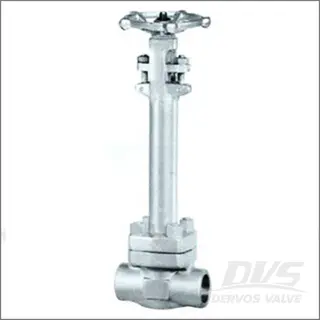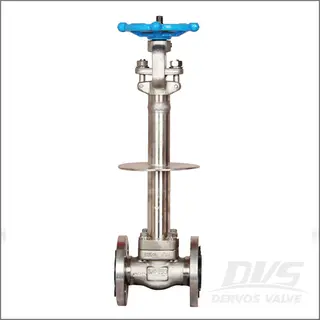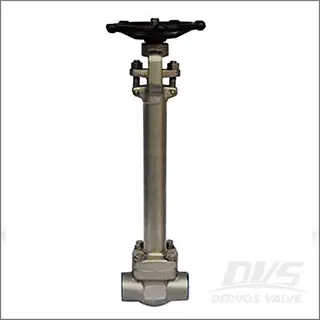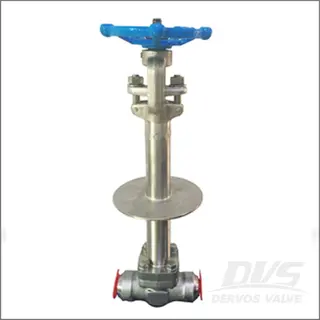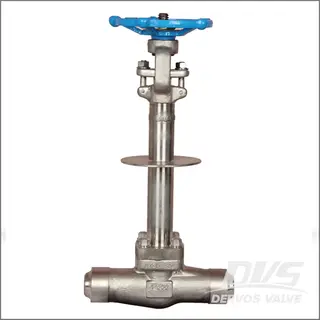Cryogenic Valve
Cryogenic valves are specialized devices engineered to function in extremely low-temperature environments, typically below -40°C, making them vital for the safe and efficient management of cryogenic liquids and gases. They are indispensable in industries like petrochemicals, natural gas, healthcare, and manufacturing, where they facilitate gas liquefaction, separation, transport, and storage. This guide delves into the operation, selection criteria, types, and innovations of cryogenic valves.
Cryogenic valves are essential for handling substances at their liquefaction temperatures, such as:
Liquid ammonia: -269°C
Liquid hydrogen: -254°C
Liquid helium: -196°C
Liquid oxygen: -183°C
Liquefied natural gas: -162°C
To ensure safety and reliability, cryogenic valves must feature robust sealing mechanisms, such as metal-to-metal or elastomeric seals, to prevent leaks in extreme conditions.
Compliance with industry standards like API 6D, BS 6364, and ISO 21011 is critical, as these certifications guarantee the valves meet stringent requirements for cryogenic applications.
Cryogenic valves are available in various designs, each suited for specific applications:
PTFE-bodied valves offering excellent flow rates and tight seals, ideal for unrestricted flow paths.
Spherical valves with an internal disc, providing long-term sealing but not suitable for high-flow systems.
Wedge-shaped gates ensure minimal pressure drop when fully open.
Lightweight and cost-effective, featuring a central disc for quick opening and closing.
Protect systems from overpressure by releasing excess steam.
Prevent backflow and maintain system pressure.
Cryogenic valves are critical for ensuring safety, efficiency, and reliability in low-temperature applications across diverse industries.
